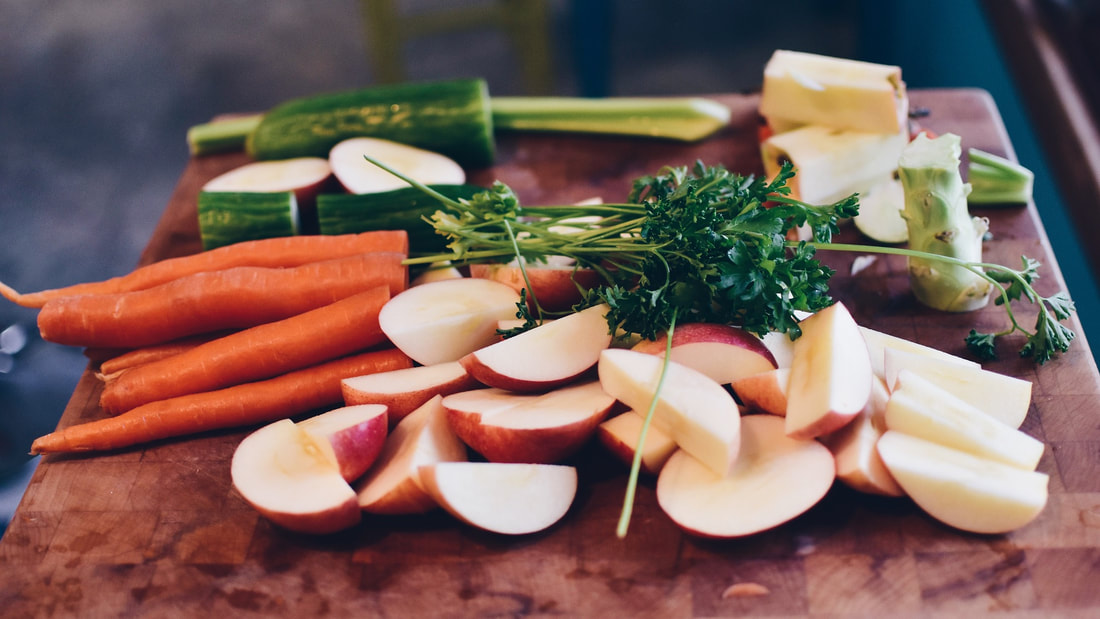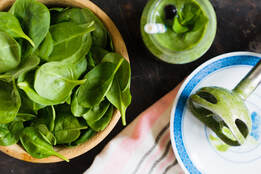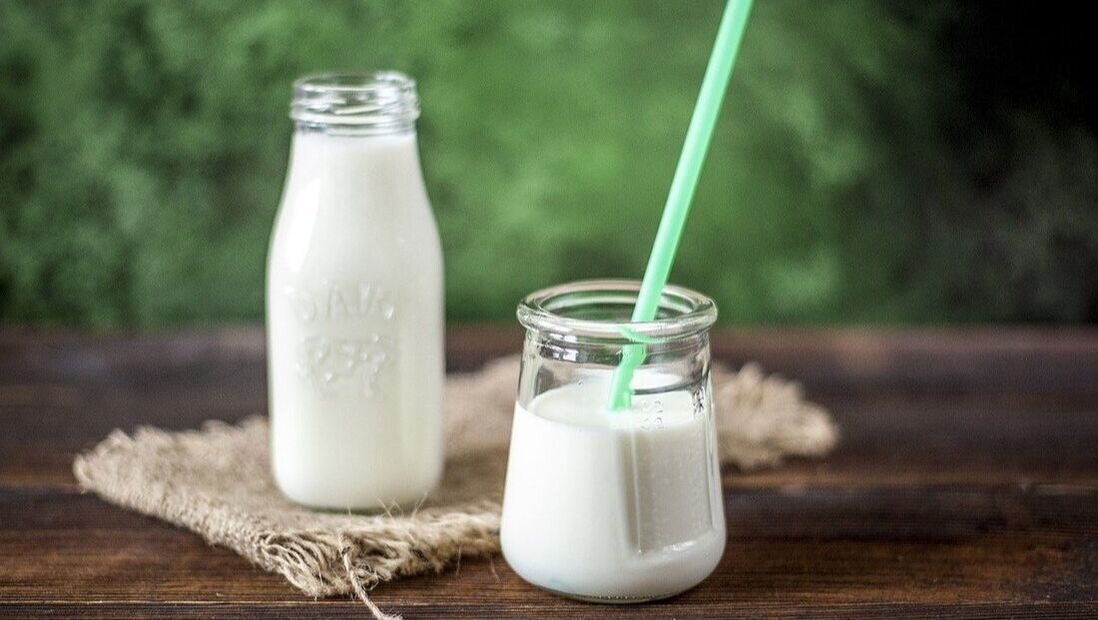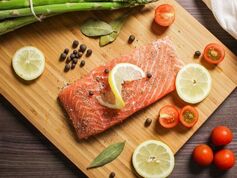|
I am often asked what to feed kids and how to get them to eat more healthful foods. Some kids are super picky eaters from the get-go, while others have just got used to having a certain set of options every night and aren’t really willing to stray beyond those. In other families, kids are fairly open to new flavors and parents simply want ideas for kid-friendly foods, while others need guidance on providing a more balanced diet. So, there’s a what and a how of feeding children, and I’ll address both. In this article I’ll start with what to feed kids to help them grow and thrive, and in the next part I’ll talk about how. Six types foods and nutrients are consistently lacking in kids' diets, two nutrients that you might be mindful of are usually adequate, and two more are often excessive (and hidden everywhere). Here's a quick run down!
|
AuthorHi, I'm Amy. I'm a nutritionist in the DC area, working with clients of all ages, focusing on prenatal and pediatrics. I'm all about straightforward, evidence-based health & wellness advice - because life/parenting in the modern world is complicated enough! Categories
All
November 2022
|
Seed to Sapling Nutrition







 RSS Feed
RSS Feed